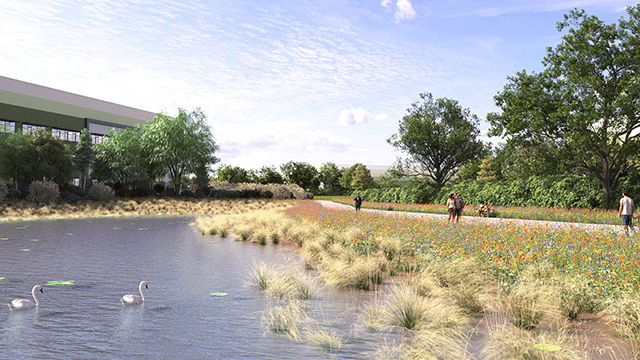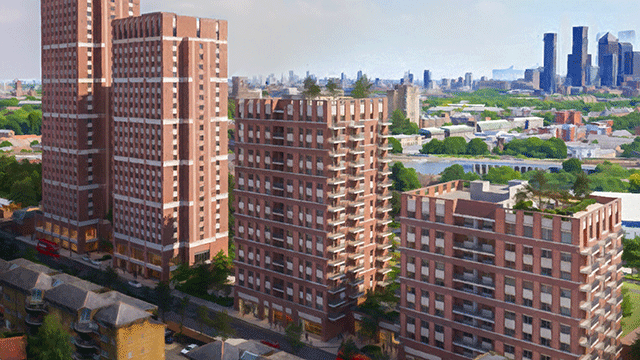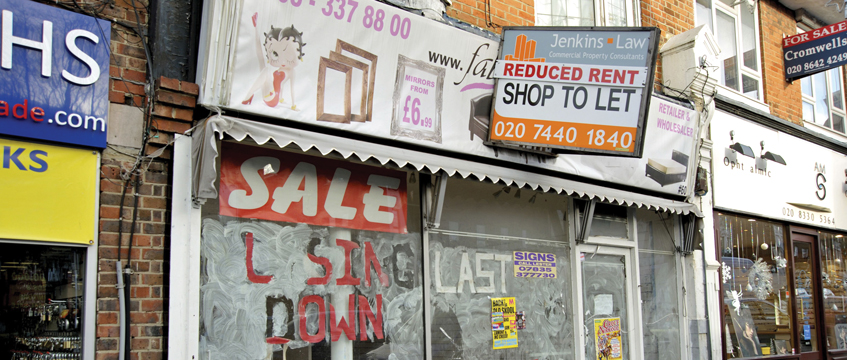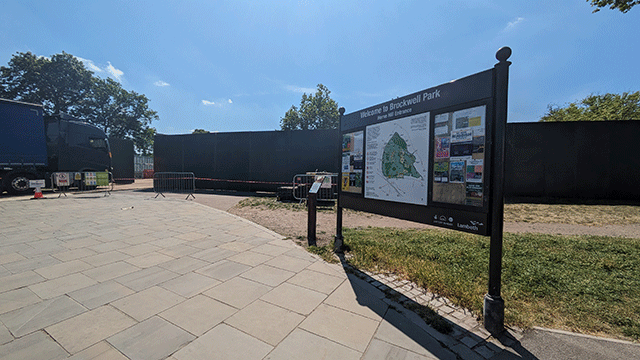COMMENT The sweet shop has opened for residential developers as new permitted development rights have come into effect, allowing more property types to be converted into housing more easily.
Previously, PDRs have been mainly for unmarketable office blocks in suburban areas. They were first introduced by the government in 2013 in response to the fallout of the global financial crisis and the housing crisis caused by the lack of availability or affordability of homes. Between 2013 and 2019 in London alone, almost 16,000 new homes were created from 676,000 sq m of office space.
What’s new?
Now, and maybe as a pre-emptive move against a similar fallout from the pandemic, from 2 August the government has granted the option for empty shops, cafés, restaurants, gyms and even light industrial units – any properties under the new use class E – which are vacant and at risk of becoming unsavoury eyesores across the country, to be converted into homes without formal planning permission. Between the 4m sq ft of empty stores and offices in London and the UK’s big six cities, there is a potential for more than 6,600 properties to be built.
One significant new change in PDRs is that properties in conservation areas can now be considered. An impact assessment has to be submitted as part of the process, but this opens up a whole host of opportunities to stimulate regeneration in areas that have previously been considered too challenging. Conservation areas typically correlate with higher sales pricing, which would be delectable news for developers and landowners that have the confidence to convert themselves.
The case against PDRs
Office to residential conversions have left a bad taste in the mouth for some, as a few developers did initially try to cram them in tight, with many schemes comprising tiny “micro units”. Mortgage providers have resisted lending on schemes in areas like Bracknell, Luton and Croydon – three areas in the South East that have seen a significant amount of this type of development in recent years. However, the government has now got ahead of these issues with the new rules bringing about the need for a minimum space standard within these conversions.
But now the new criticism has come from some that the expansion of PDRs could start the retraction of the high street in town centres (many of which were previously protected by the conservation area exclusions) as well as lead to the reduction of job opportunities, and general poor amenities for the local area.
The removal of employment opportunities has never been popular with local planning authorities, which is why large purpose-built residential developments normally incorporate a mixed-use element as well. However, it is not unheard of for these ground floor retail units to struggle to secure the traditional retailers they were designed for. Sometimes local authorities may then take on these units themselves, for instance as library spaces, or instead they’ll be repurposed for larger floor plate entities, such as 24-hour gyms.
The case for the defence
Trying to maintain the status quo of a high street is not always beneficial to keeping it going.
Others argue that creating additional housing within town centres can be a way to help stimulate the local economy, right-sizing the “pick and mix” of a rapidly growing number of vacant retail outlets in an area. Also, if local authorities remove the necessity for car parking spaces, then these residential units can possibly provide a solution for a lower carbon kind of lifestyle. You don’t need a car if you live right beside the supermarket, sofa shop and clothing stores.
The beauty of these new rights is that small pockets of land can be scooped up to create residential infill sites, or packaged together to make a comprehensive piece for a developer – although there is a maximum cap on qualifying floor size of 1,500 sq m. Yet there are challenges too. Retail units are often deep in layout, with a lack of outside space or access to natural light, which will mean that not every vacant unit could be considered for conversion. Also, the amount of units that can be converted is not going to suddenly cause a significant increase in demand in infrastructure needs, as opposed to a new development of 500-plus units.
There are obvious benefits to utilising PDRs if you are a landowner – unlike a full planning application, the decision-making time for prior approval is only 52 days. There is also no need to provide affordable housing and no section 106 or community infrastructure levy to pay. However, local authorities will still have the power to dismiss applications where the unit has not been vacant for at least three months.
The opportunities are there
Let’s be clear: small units created by developers using PDRs are not an ideal solution to the housing crisis. However, they do sell and people want to buy them, so there is a market for this product. Once again, central government has had to step in and create a system to expedite the planning process, which is becoming increasingly costly. If there is an argument that we shouldn’t build these type of units, that they create no affordable housing, PDRs are not the cause – they are the effect of a broken planning system.
During the last year, we’ve seen the government remove repossession rights for retail landlords, meaning that when the rent moratorium does eventually come to an end there are likely to be more properties that have been vacant for the necessary period – opening the door for potential conversion specialists. It is essential that landowners instruct advisers that can envision potential value and opportunities from future uses, and have the planning knowledge to back it up, to ensure they can realise the full, sweet potential value of their assets.
Will Agnew is associate director in the residential development team at Colliers









